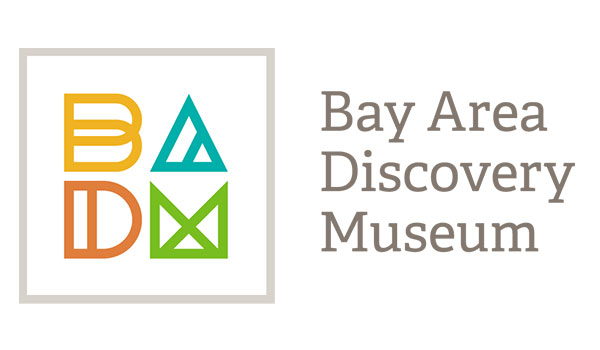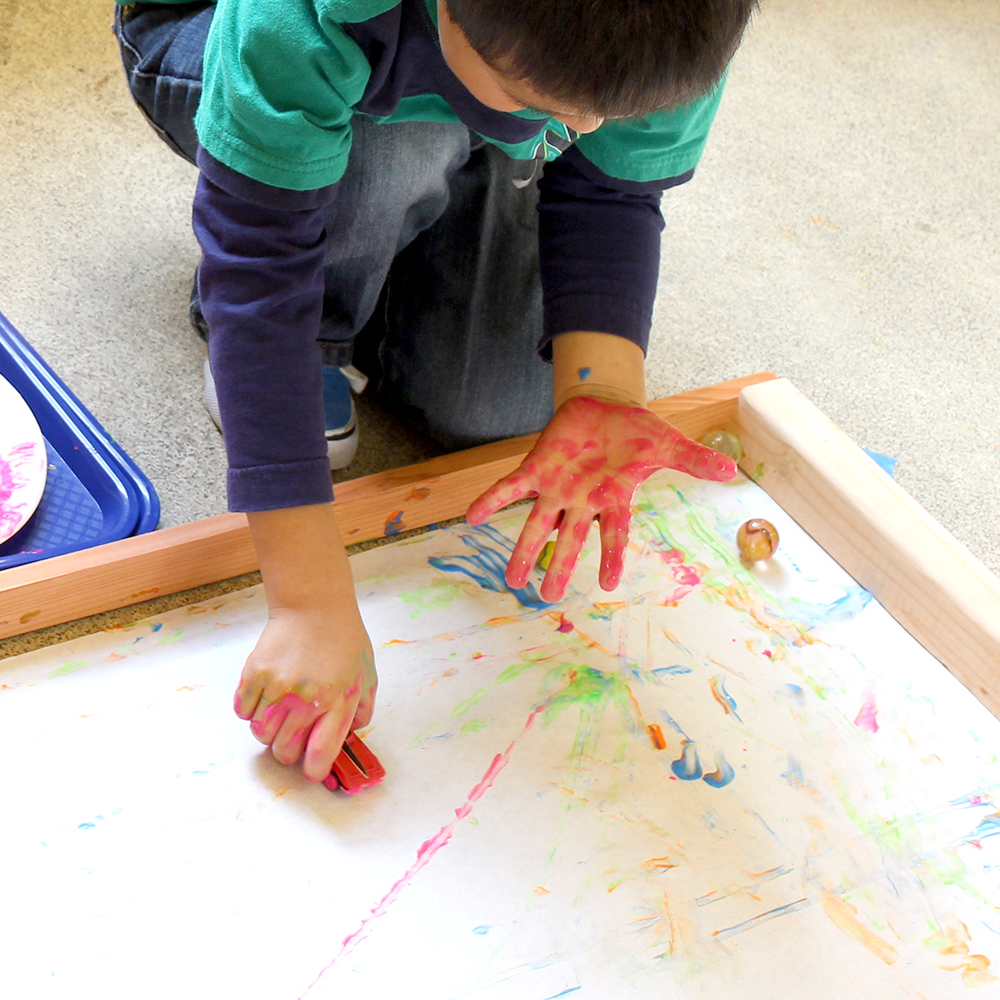Create a work of art using unconventional painting tools such as toy cars and wheels. Children dip toy cars and wheels into various colors of paint and roll them over a large sheet of white paper to create the base for the artwork. This activity helps children practice flexible thinking skills.
Materials Required
- White or beige construction paper (a roll of butcher paper is easy to use too)
- Various colors of paint
- Toy cars, wheels, or other small objects that move on wheels
- Markers
- Additional art supplies (scissors, glue, tape, etc.)
Instructions
- Tape a large sheet of white or beige construction paper to a flat surface. Cover the rest of the work area with newspaper or a drop cloth to ensure that the paint stays on the paper.
- Dip the cars and wheels into various colors of paint and push them across the paper. Try not to control where the toy cars and wheels go! Rinse off the wheels of the toy car before switching to a new color.
- After completing the paint-job, lay the artwork in a safe place to dry.
- When the paint is dry, brainstorm multiple ideas about what the artwork represents. How can the picture be completed?
- Try looking at the paper from all different angles. Turn it upside down, and even consider cutting it into pieces. There are endless ways to transform it into a masterpiece!
- Use a dark marker (and any other arts and crafts supplies) to complete the picture.
Additional Tips
Try these add-on activities:
- Create a mural! Go outside and tape a large white sheet to the ground. Then, use the various cars and wheels to create an over-sized masterpiece. Work in a group to finish the mural the next day, when the paint has dried.
- Dip all of the toy cars and wheels into a different color of paint and try to push them across the paper at the same time. What happens as a result of this traffic jam?
- Use household objects such as cardboard boxes to construct ramps. Set up the ramps next to the paper, and send the cars down the ramp, and then across the paper. Does the paint job look different when the cars are going at full speed?
- Create several small paintings and try to piece them together into a cohesive story.


